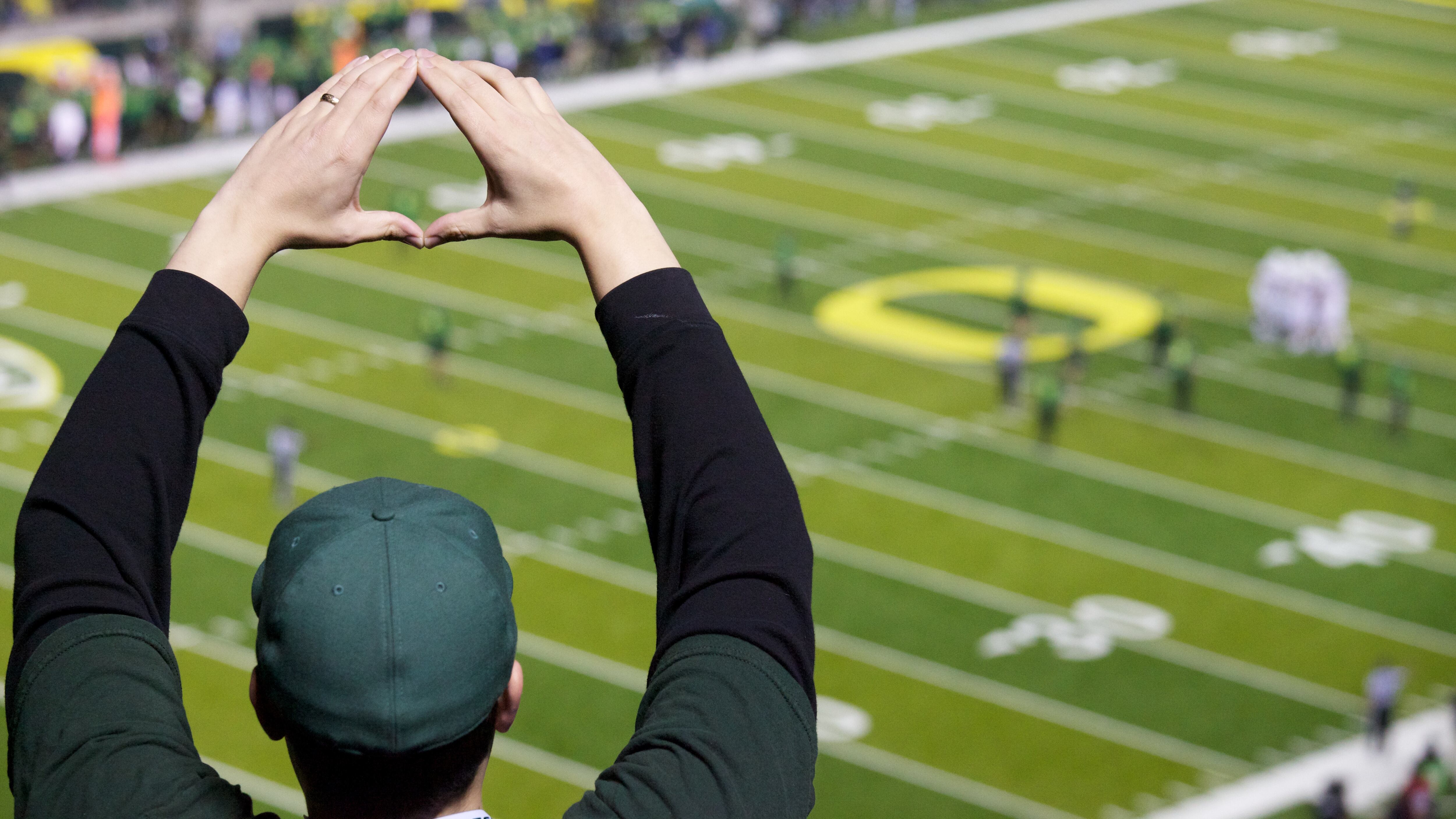A lot fewer people show up for college football games than colleges would like us to believe, the Wall Street Journal reported today.
Although football long ago replaced baseball as American's most popular sport and the biggest money-maker for networks and college athletic programs, live attendance is in a down trend, according the WSJ's Rachel Bachman, who formerly worked for The Oregonian.
Bachman compared the announced attendance at more nearly 100 top football schools with the number of tickets actually presented for admission.
"The average count of tickets scanned at home games—the number of fans who actually show up—is about 71% of the attendance you see in a box score, according to data from the 2017 season," Bachman writes.
The state's two top programs, the University of Oregon Ducks and the Oregon State University Beavers, were among those who provided information to the WSJ.
The numbers: Oregon announced attendance of 388,000 for all of its 2017 home games but scanned only 304,450 tickets (that's 78 percent of announced attendance).
Oregon State fared worse: the university announced attendance of 208,524 but scanned only 139,223 tickets (67 percent).

